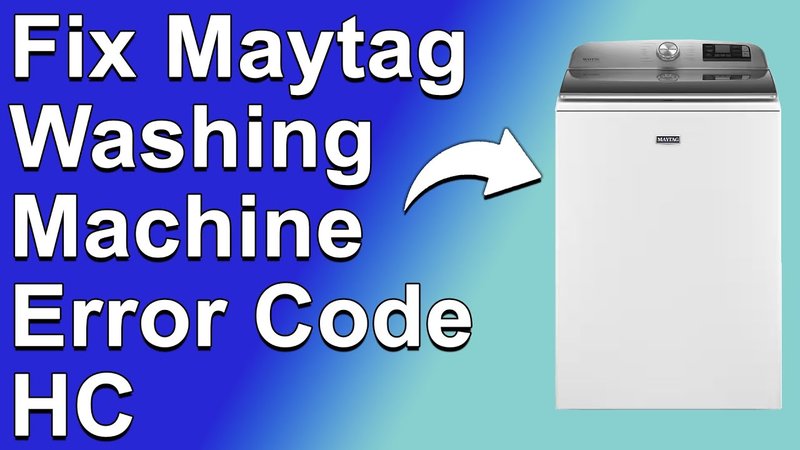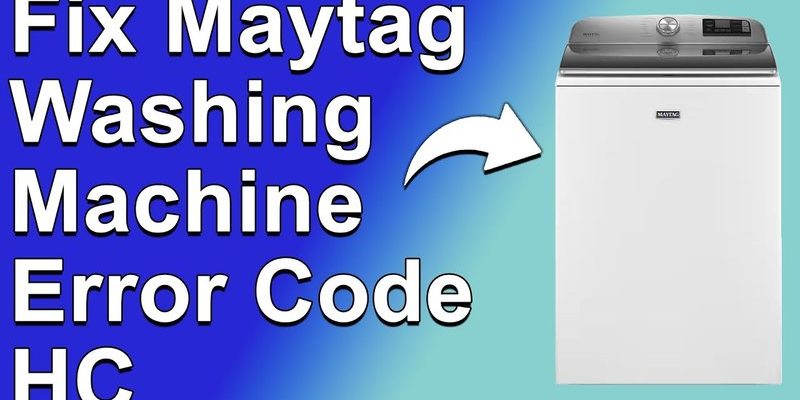
So, what exactly does this “SE” error code signify? In simple terms, it’s the machine’s way of telling you there’s an issue with the motor sensor. Think of the motor sensor as the washing machine’s internal compass, guiding it through each cycle smoothly. When this sensor malfunctions or fails, it’s like a hiker losing their map in the middle of the forest. Not ideal, right? The washer might not spin correctly, leaving you with sopping wet clothes. Let’s explore why this happens and what you can do about it.
Understanding the Role of the Motor Sensor
To get a grip on why the “SE” error code appears, it’s essential to understand the role of the motor sensor. Imagine driving a car without a speedometer; you’d have no way of gauging how fast you’re going. Similarly, the motor sensor in your washing machine monitors and regulates the motor’s speed and direction. It ensures that your washer spins at just the right pace to clean your clothes efficiently.
But here’s the deal: if the sensor is faulty or disconnected, the washing machine can’t make sense of its spinning speed and direction. This often results in the machine either not spinning at all or spinning too slowly. You might notice your clothes coming out wetter than they should, or the machine might stop mid-cycle, much to your frustration. The “SE” code acts as a helpful nudge, letting you know that it needs a little TLC.
If you’re experiencing this situation, it’s crucial to check the motor sensor connections first. Often, it’s a simple case where the connection might have loosened during previous cycles. Tightening or securing it might resolve the issue. However, if the problem persists, there could be a more serious underlying issue with the sensor itself, requiring a replacement.
Potential Causes of a Faulty Motor Sensor
You might be wondering, “Why would the motor sensor fail in the first place?” Well, several factors could be at play here. One common cause is regular wear and tear. Just like any other appliance or gadget, the motor sensor can succumb to the demands of constant use over time. If your washing machine has been your trusty laundry companion for years, it’s possible that the sensor is simply reaching the end of its lifespan.
Another factor could be electrical issues. Like a power surge affecting your house lights, a sudden spike or drop in voltage can disrupt the sensor’s function, leading to errors. If you’ve had recent electrical disruptions in your home, this might have contributed to the sensor’s hiccup.
Lastly, physical damage or improper installation during repairs can also play a role. If the washing machine has been moved around or serviced recently, the sensor might have been accidentally disturbed. Checking for visible signs of damage or misalignment can give you clues about whether this is the case.
Troubleshooting and Fixing the “SE” Error Code
So, you’ve identified that the motor sensor is the likely culprit behind the error code. What’s next? First up, before you do anything, ensure the washing machine is unplugged to avoid any electrical mishaps. Safety first, always! Next, you might want to check the motor sensor’s wiring connections. In many cases, resecuring loose wires can fix the issue.
If you’re not feeling confident about handling the wiring, don’t fret. It’s perfectly okay to call in a professional. Sometimes, the problem might require replacing the sensor entirely, especially if it’s worn out. A trained technician can evaluate whether a new part is necessary and install it safely.
Now, here’s a tip: to prevent future issues, make it a habit to run a maintenance check every few months. This can be as simple as inspecting the drum, checking for unusual noises, and ensuring all connections are secure. This proactive approach can save you a lot of headaches down the line.
Dealing with an “SE” error code might seem daunting at first, but with a little understanding and some troubleshooting, you can often resolve the issue yourself. Remember, the code is just your machine’s way of communicating that it needs a little help. By exploring the motor sensor’s role, understanding potential causes, and knowing how to tackle these issues, you’re setting yourself up for a much smoother laundry experience.
Keep an eye on your machine’s performance, and don’t hesitate to seek professional help if needed. With regular maintenance and prompt attention to error codes, your Maytag washer can continue to be the reliable workhorse you’ve come to depend on. Happy washing!
